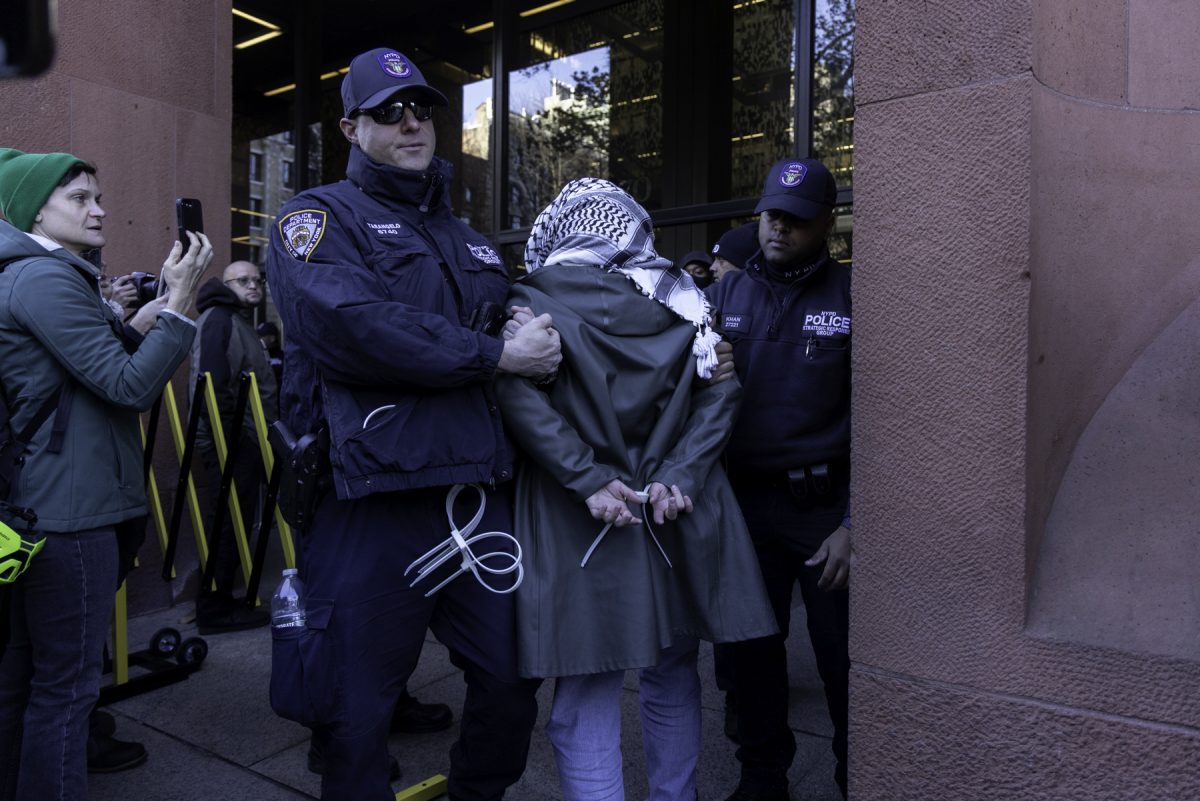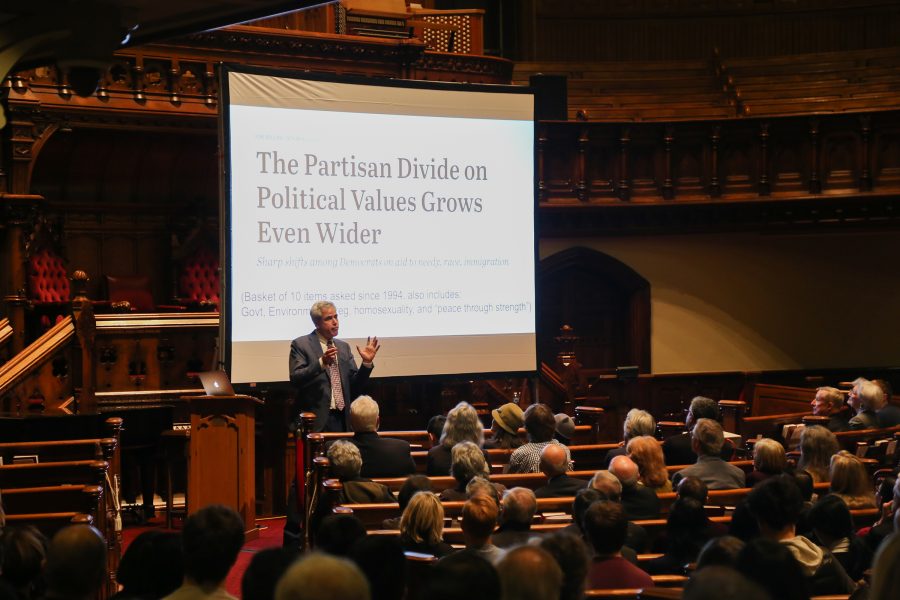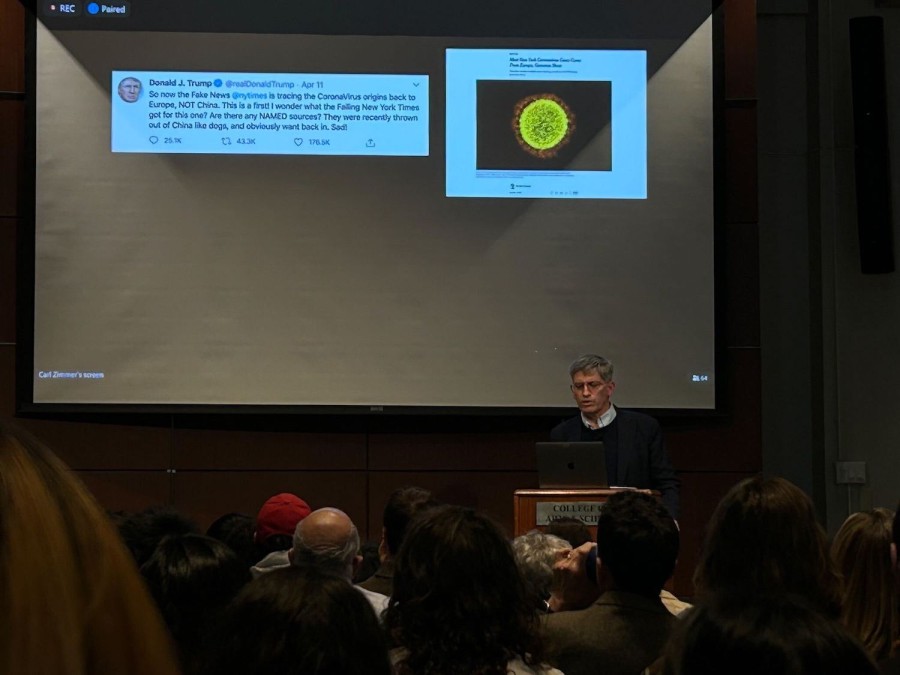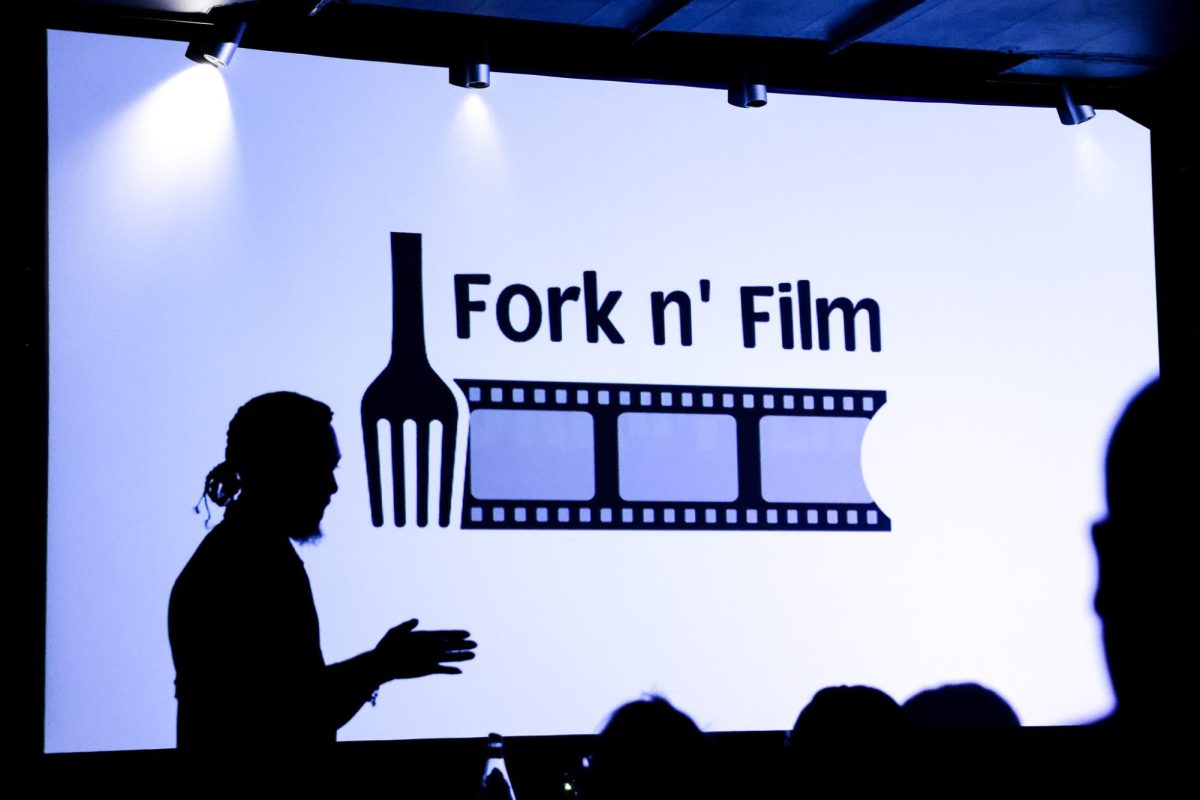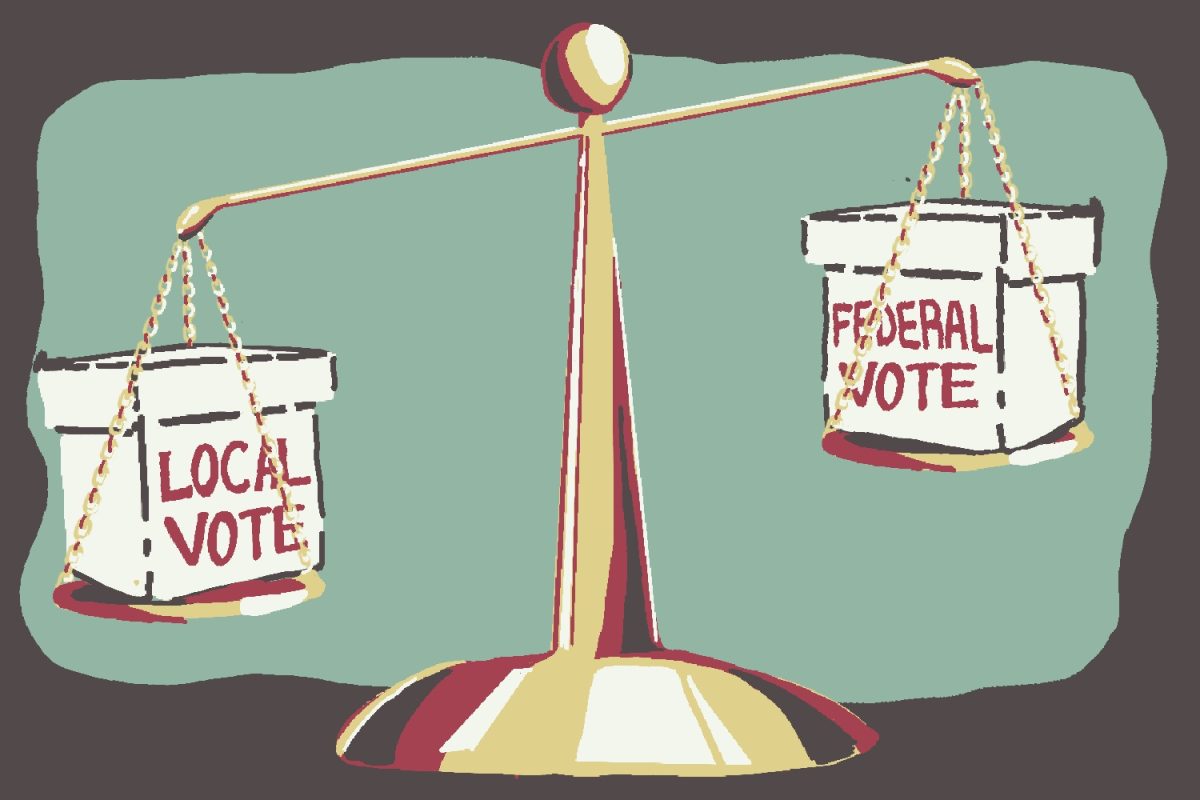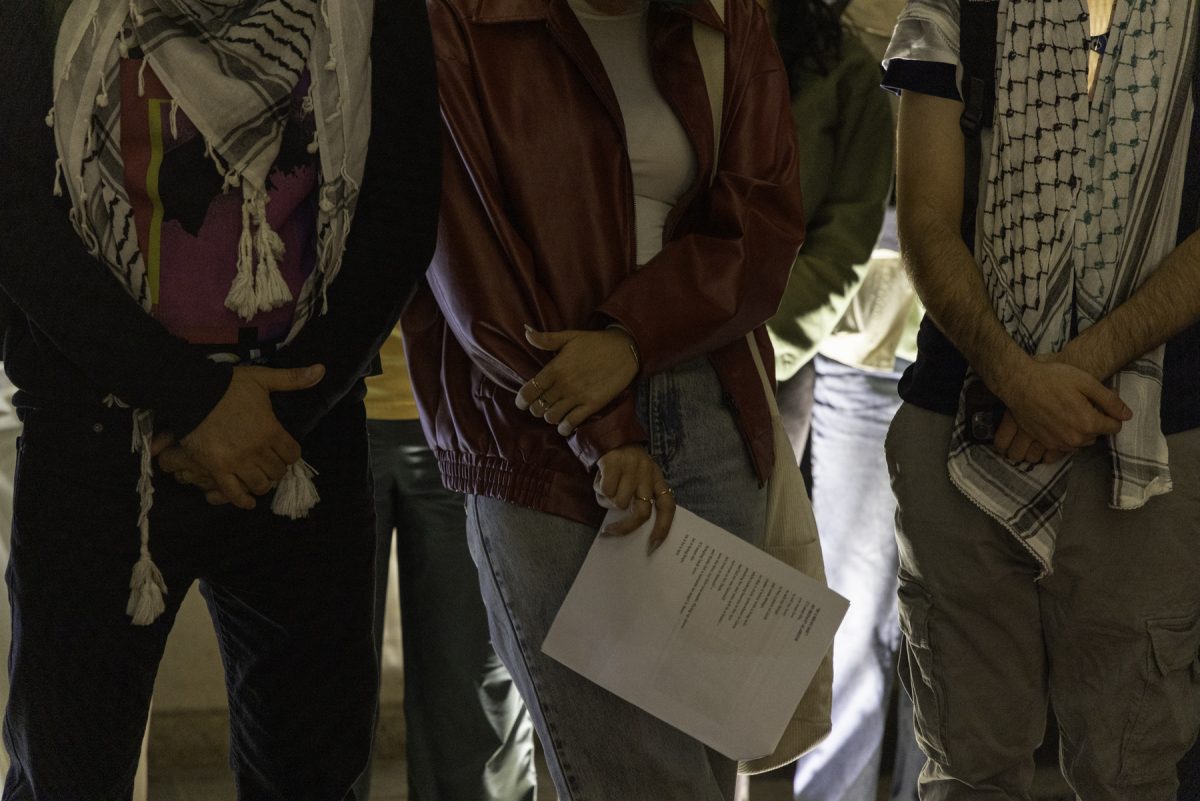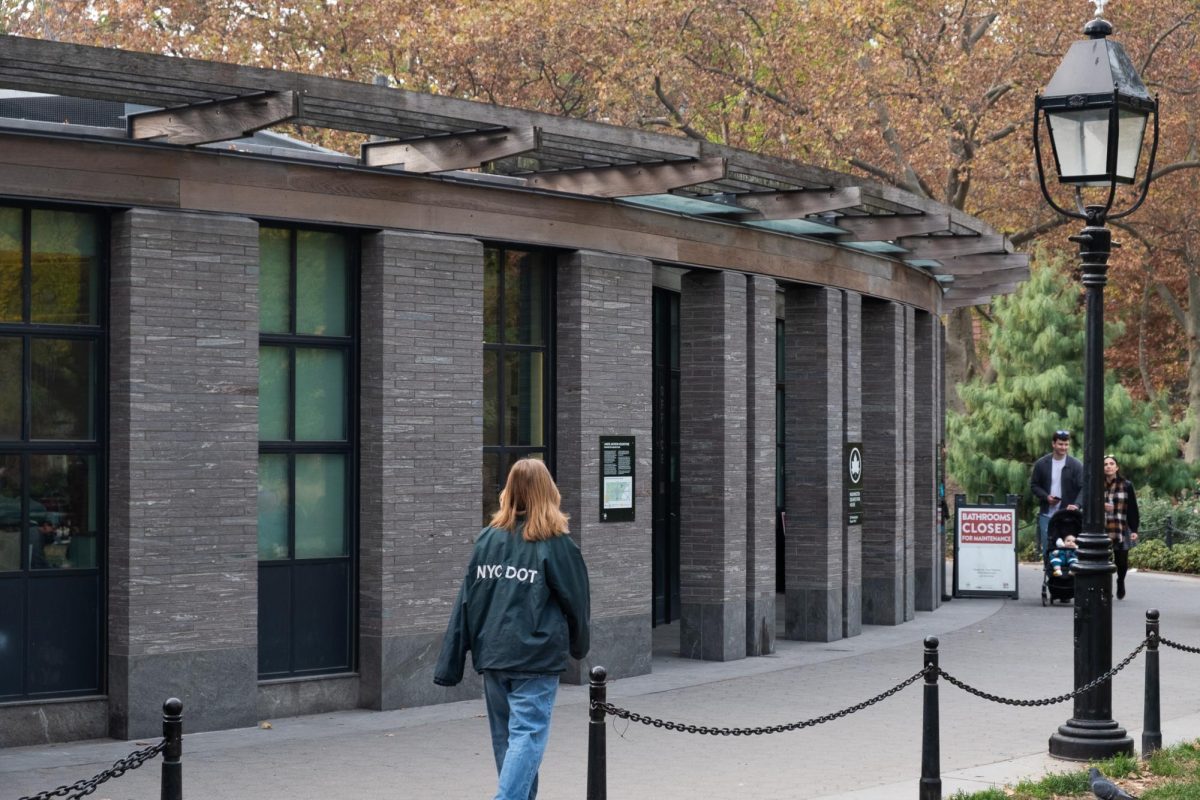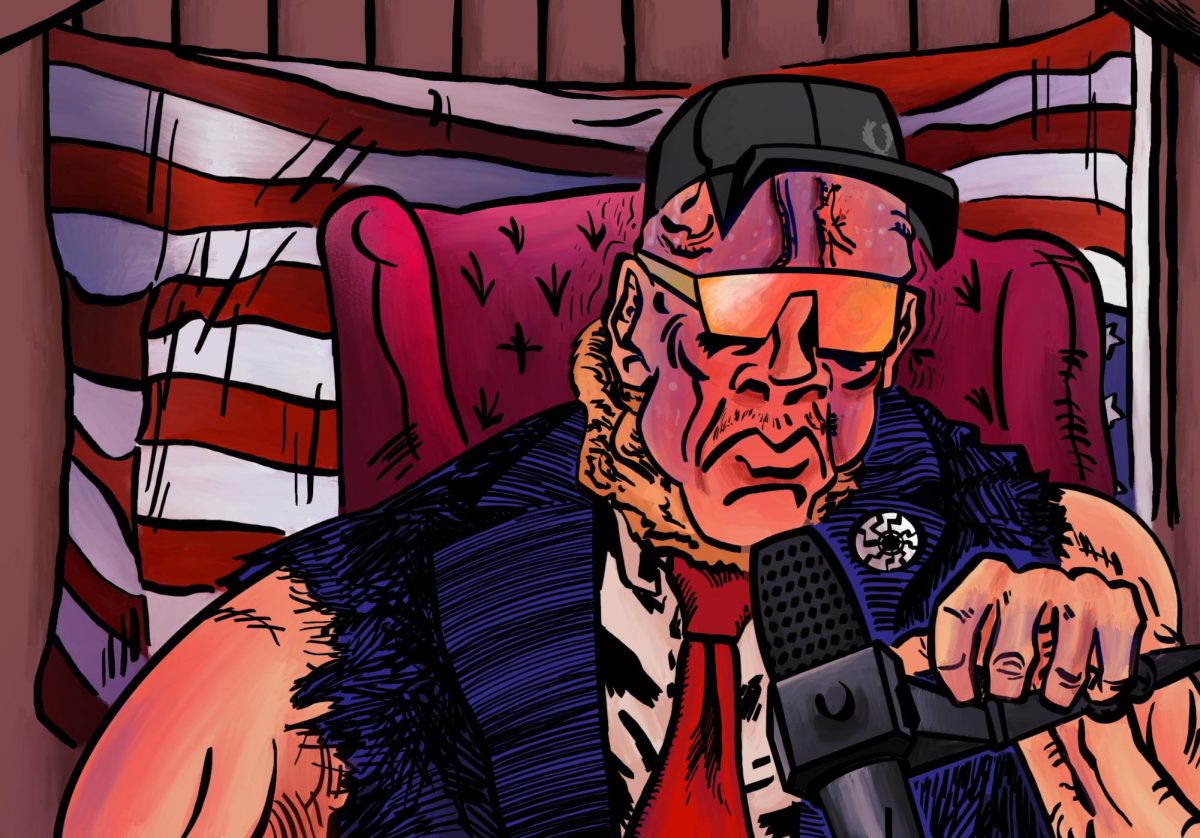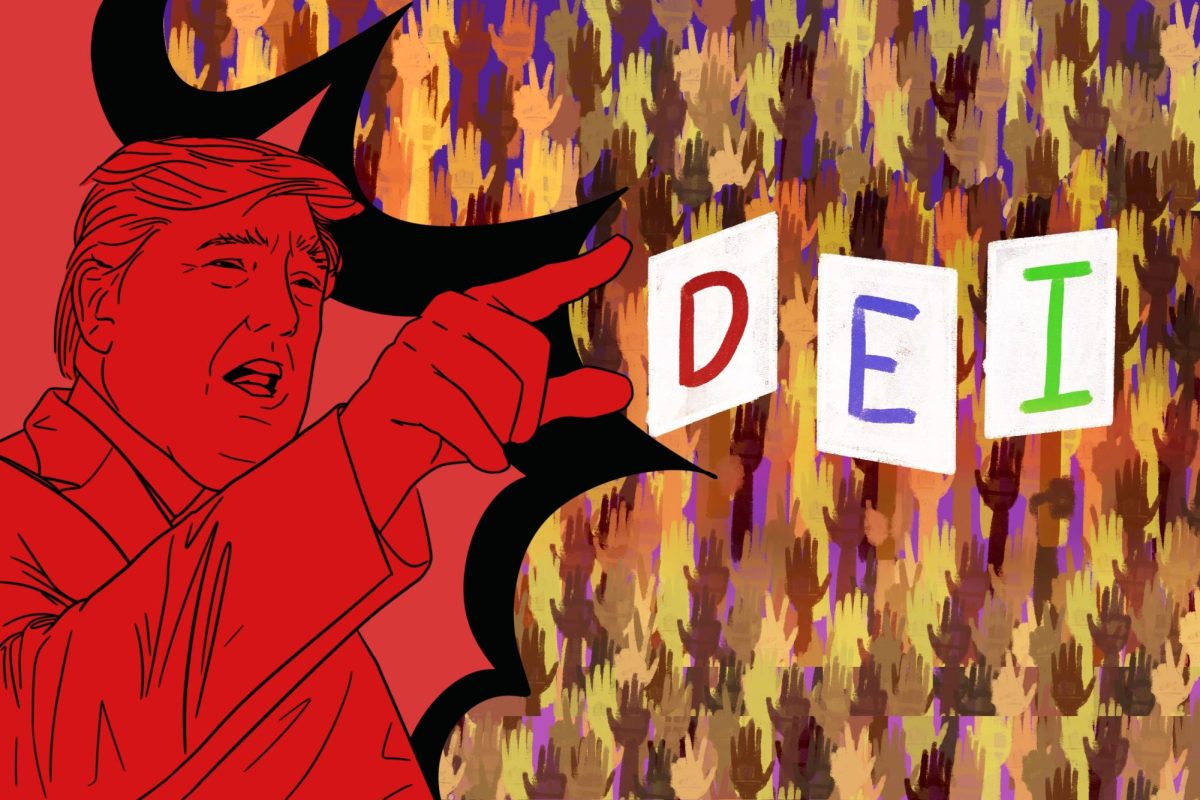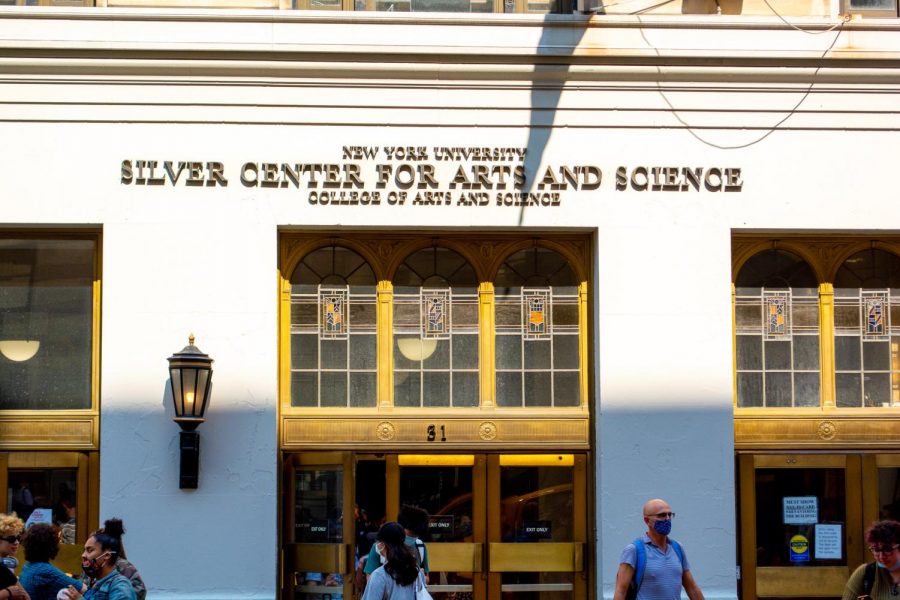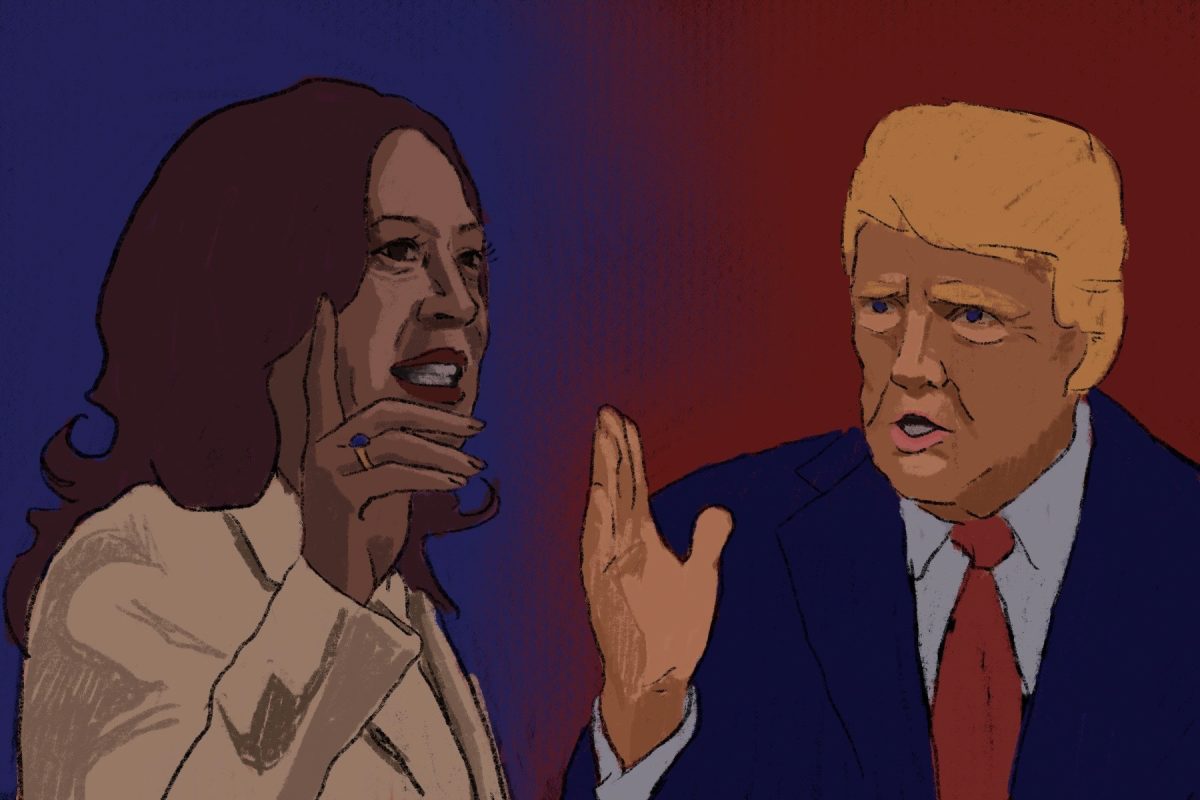On Sunday, a National Football League game ended in a tie for the first time since 2008. A 24-24 draw between the St. Louis Rams and the San Francisco 49ers was exciting until the end of regulation time, but a couple of missed field goals in overtime led to an anti-climatic, time-expiring tie between the two squads.
Heading into the fourth quarter, St. Louis was leading San Francisco 17-7 in what looked like a potential upset victory for the 3-5 Rams taking on their first place division rivals, the 6-2 49ers. But then the 49ers started overpowering the Rams’ defense, scoring twice in less than a minute to take the lead at 21-17. The Rams answered with only 1:09 remaining, scoring on a short pass to wide receiver Austin Pettis across the middle. San Francisco kicker David Akers nailed a field goal with three seconds on the clock, and the game headed into overtime with a 24-24 tie.
In 15 minutes of overtime, there was nothing but squandered opportunities and all-around bad football. Penalties that canceled big plays, mediocre play-calling for short yardage that cost kickers a few more yards and a knack for not being able to put points on the board led to the game ending without either team adding to the scoreboard.
In most professional sports, there is always a winner and there is always a loser. In others, this is not always the case: There can be two teams that played equally good or bad, and they finish the game tied. In the National Basketball Association, ties cannot happen; both teams will continue to play until one team has outscored the other by the end of a period. Likewise, Major League Baseball will continue games with extra innings, only postponing a game if need be. This is, of course, excluding the 2002 MLB All-Star Game, which resulted in a tie because there were no pitchers left on the roster to keep the game going.
Even in college football, ties don’t happen. NCAAF rules have made it impossible to tie since the 1995-1996 season. Why is the NFL an exception to this rule? Yes, there have been only 18 games that ended in a tie since 1974, five of which came after 1989, but why not eliminate them entirely?
There are plenty of ways to finish ties. One possible solution would be a one-on-one matchup between a team’s best wide receiver and the opposing team’s best cornerback for a play starting at the opponent’s 35-yard line. The second team would get a shot to score if the first team is successful, much in the same way shootouts work in soccer. This approach would at least bring an added sense of excitement and would really give a major advantage to a team with a big-play wide receiver, such as the Detroit Lions and Calvin Johnson or the Arizona Cardinals and Larry Fitzgerald.
With the amount of money that fans spend going to games and rooting for their favorite teams, they deserve a clear-cut decision.
A version of this article appeared in the Tuesday, Nov. 13 print edition. Evan Kendall is a staff writer. Email him at [email protected].

